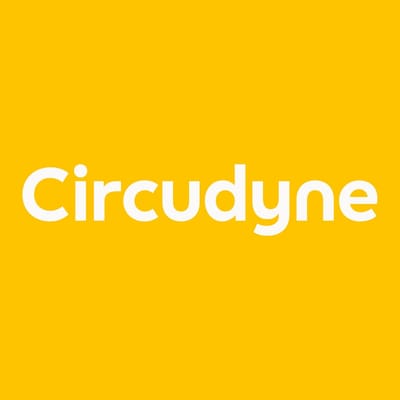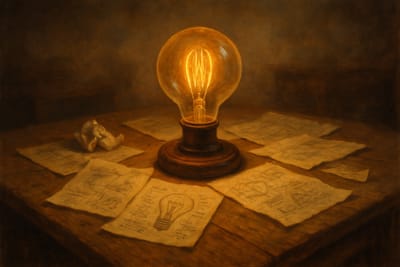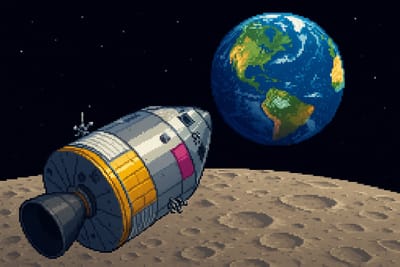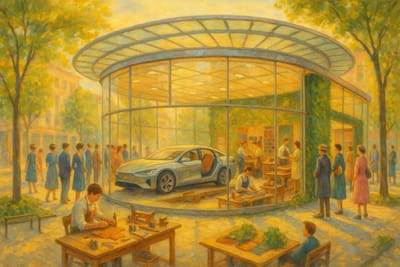Introduction to Circudyne
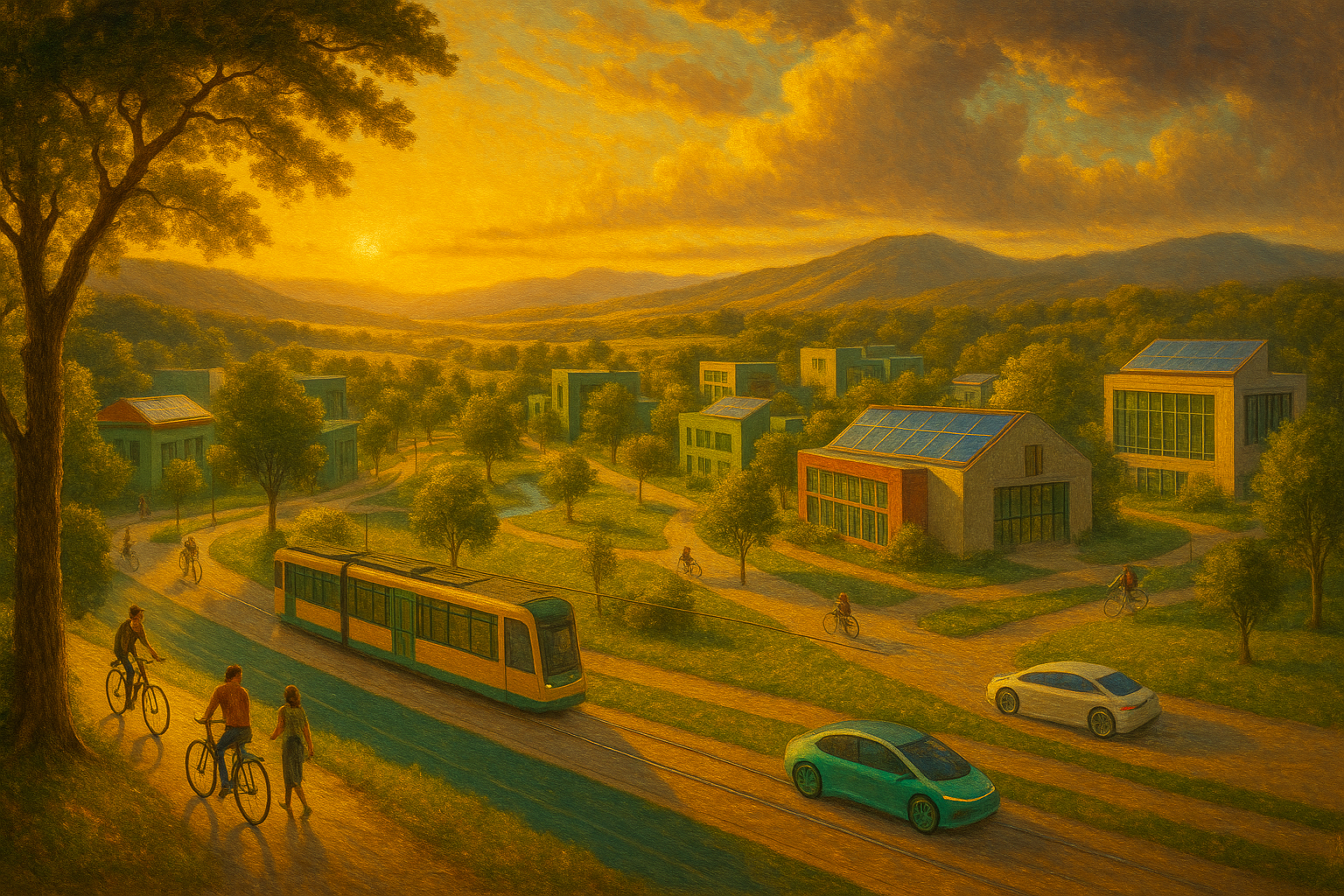
Summer 2025 series conclusion
When I started the Circudyne Letter, the question arose of how to organize it thematically. That’s one of the challenges of examining circular transformation. It’s a big subject. How does one break it down into bite-size bits?
The calendar conveniently breaks 52 weeks into four 13-week seasons, providing time for 12 primary letters plus a summary for each series.
As this is the thirteenth letter, we’re wrapping up the first quarterly series. The theme of this one was presenting core themes of the practice: Introduction to Circudyne.
The objective of our practice is to contribute to the adoption of circularity by brands, for everyone’s sake. That’s why this series was structured as it was:
- Circularity as transformation objective
- Circudynamics: a transformation architecture
- A peek into our circular future
- We’ve done this before (we’ll do it again)
- Parting thought
Onto our summary:
Circularity as transformation objective
In Circularity is Lean 2.0, we argued that circular transformation resembles the fundamentals of Lean, and should be understood (and packaged) as its successor. Like Lean, circularity can be expected to offer systematic competitive advantage for its pioneers.
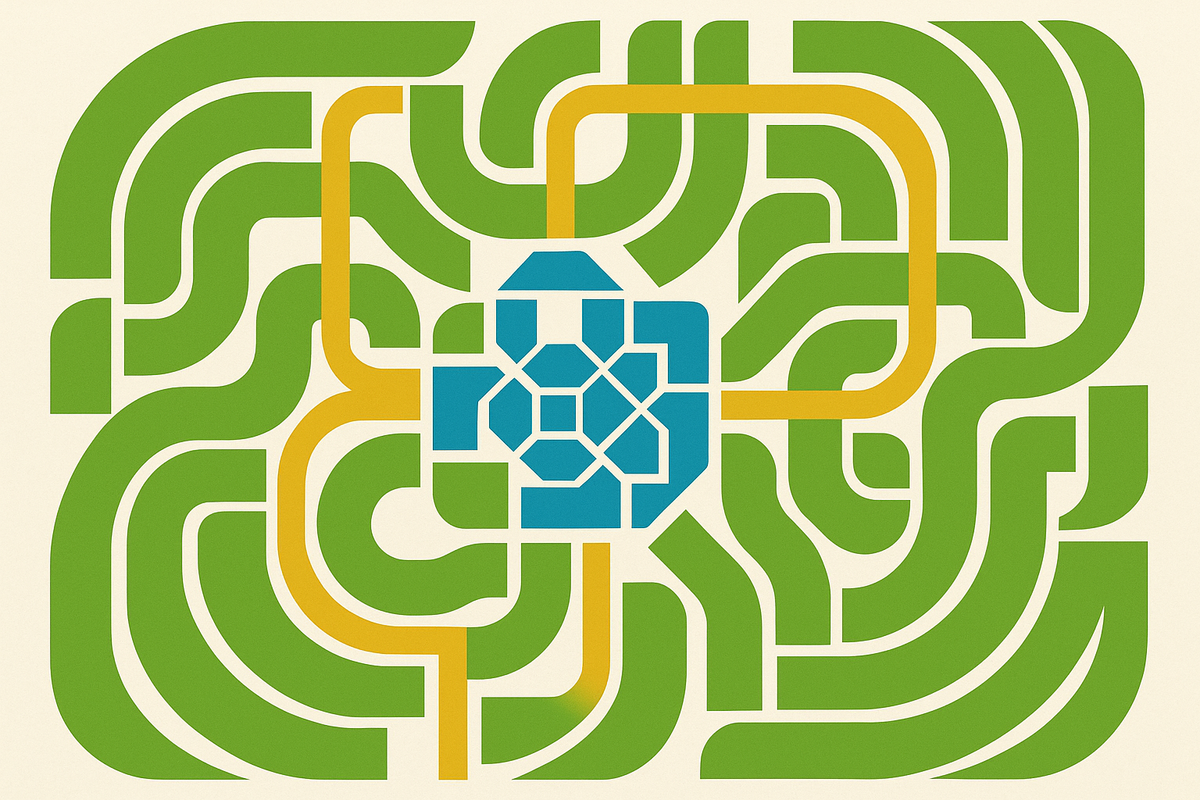
Circudynamics: a transformation architecture
In The Art and Science of Circular Transformation, we introduced Circudynamics, an architecture for effective change.
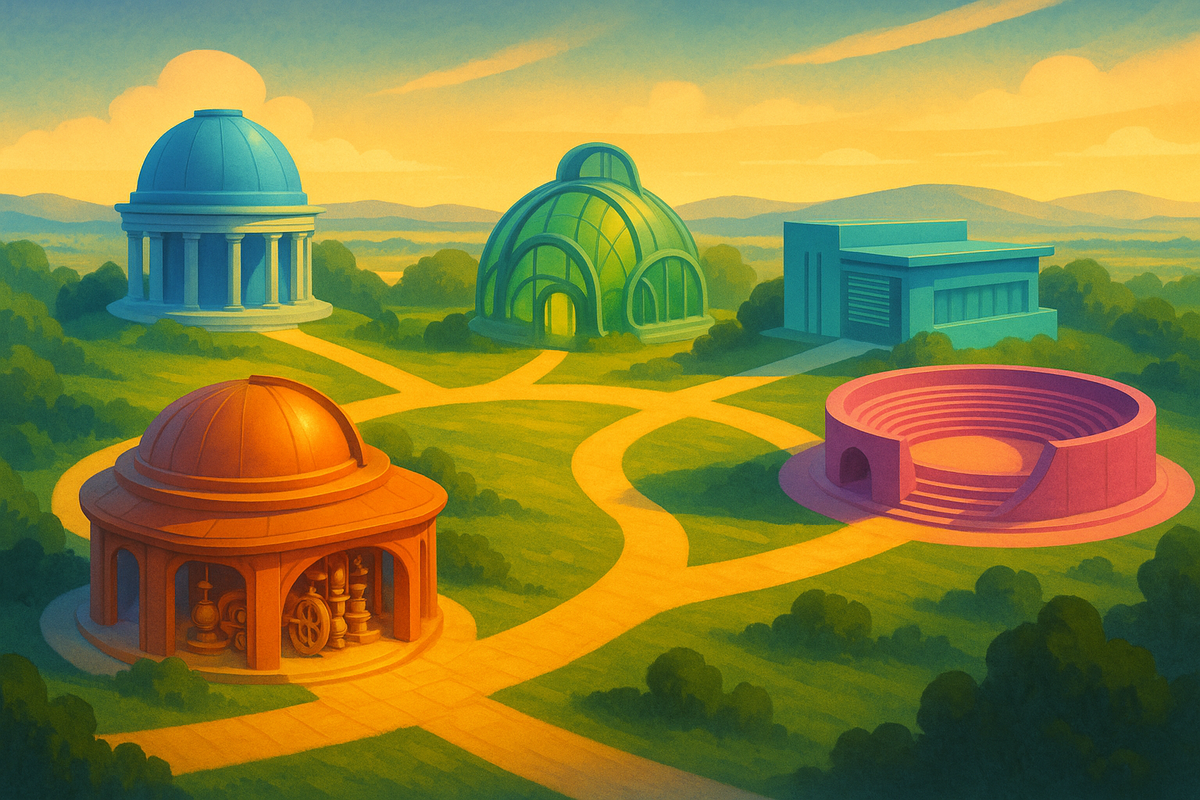
Horizons: an alternative strategic perspective
In Strategic Reverse Engineering, we acknowledged that the key difference from Lean was that there was no circular Toyota to copy, and introduced a strategic affordance to compensate.
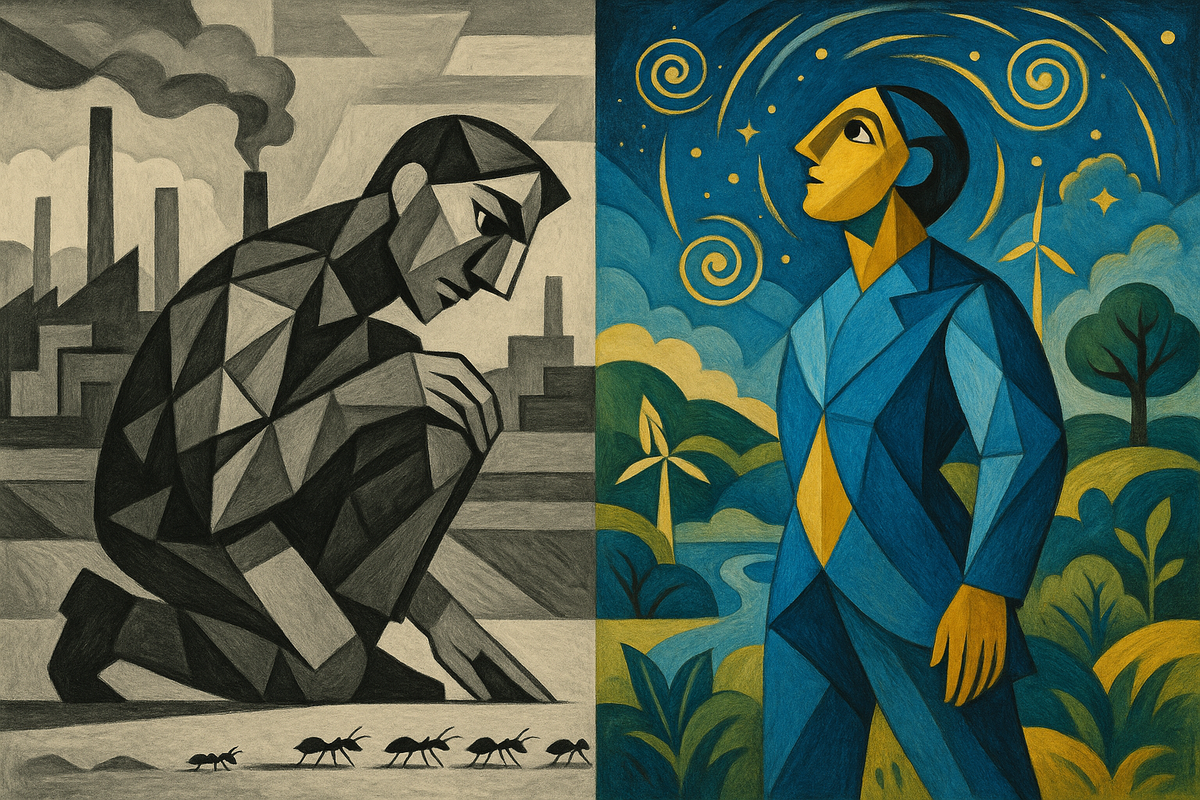
Living Futures: dwelling on a street corner of the future, today
In The Worldbuilding Advantage, we complemented that strategic affordance with a better way to navigate undiscovered country like our circular future.
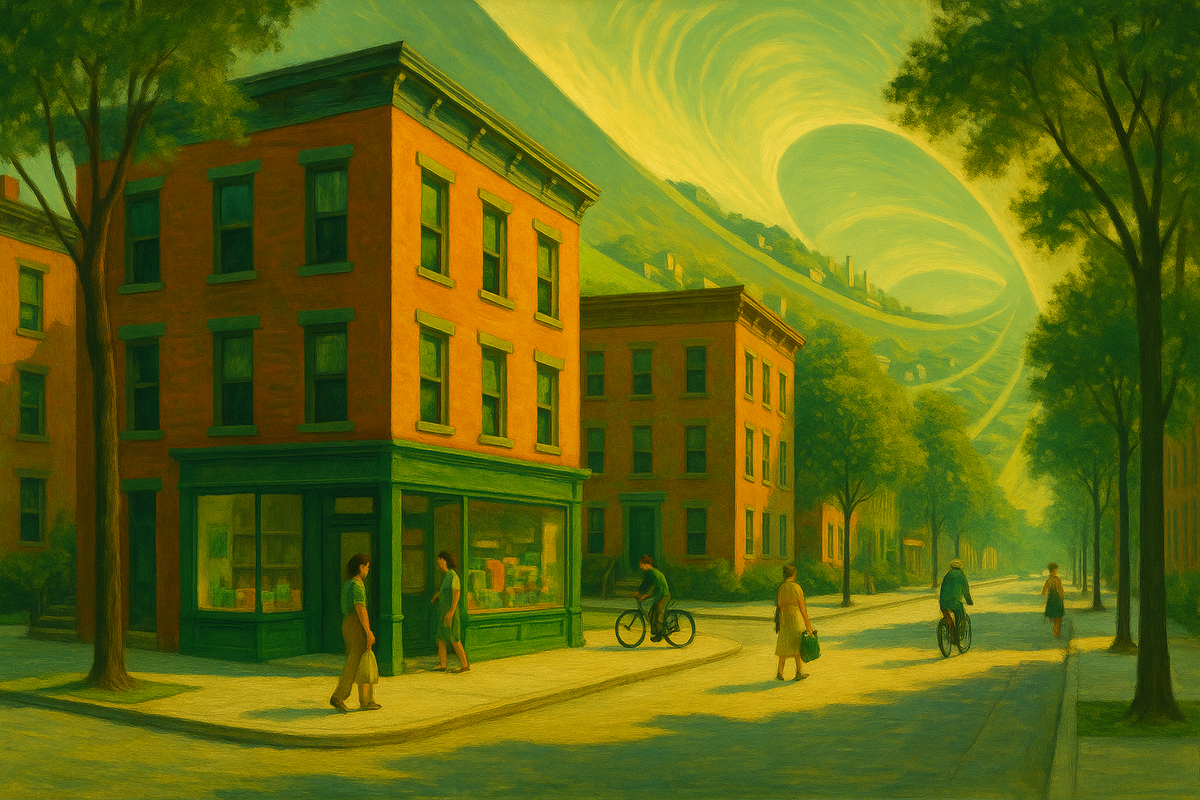
Catalysts: technology enablers
In When Technology Converges, the subject turned to better understanding the role technology plays in the process of strategy, and how to tame it.
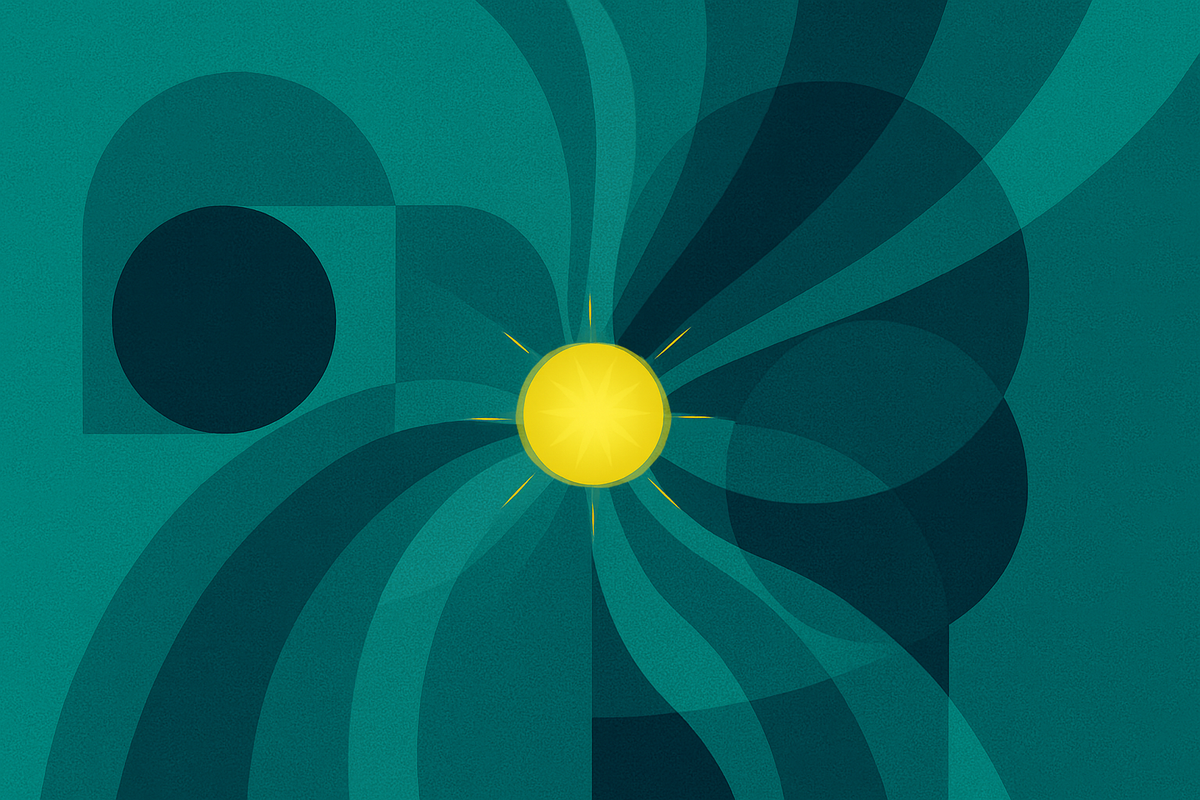
Connection: group dynamics of change
In Building Cultural Momentum, we covered the tragically overlooked need for public understanding of circularity as lifestyle, and proposed a way to achieve it.
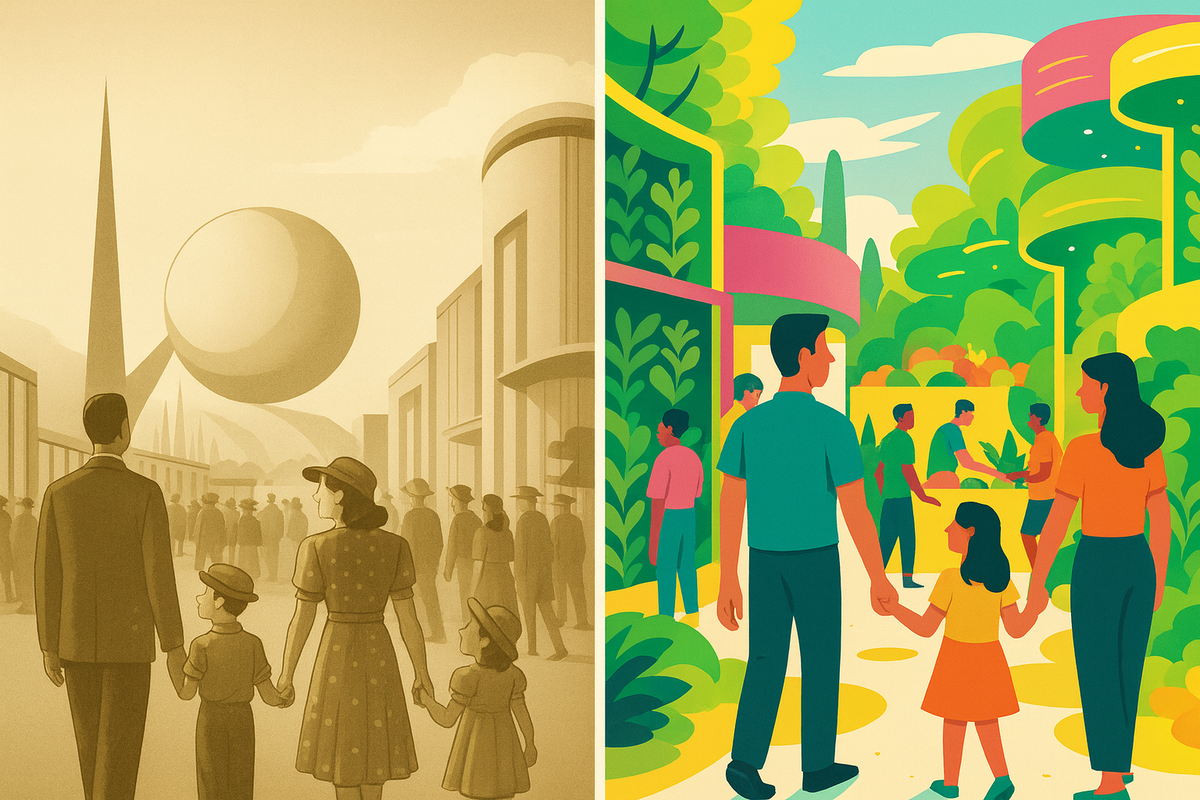
Craft: the integrated enterprise
In The Element of Integration, the topic turned to why circular solutions call for an all-of-enterprise approach. Recalling my fondest brush with greatness, we used Apple as a lens for understanding the benefits of functional organization.
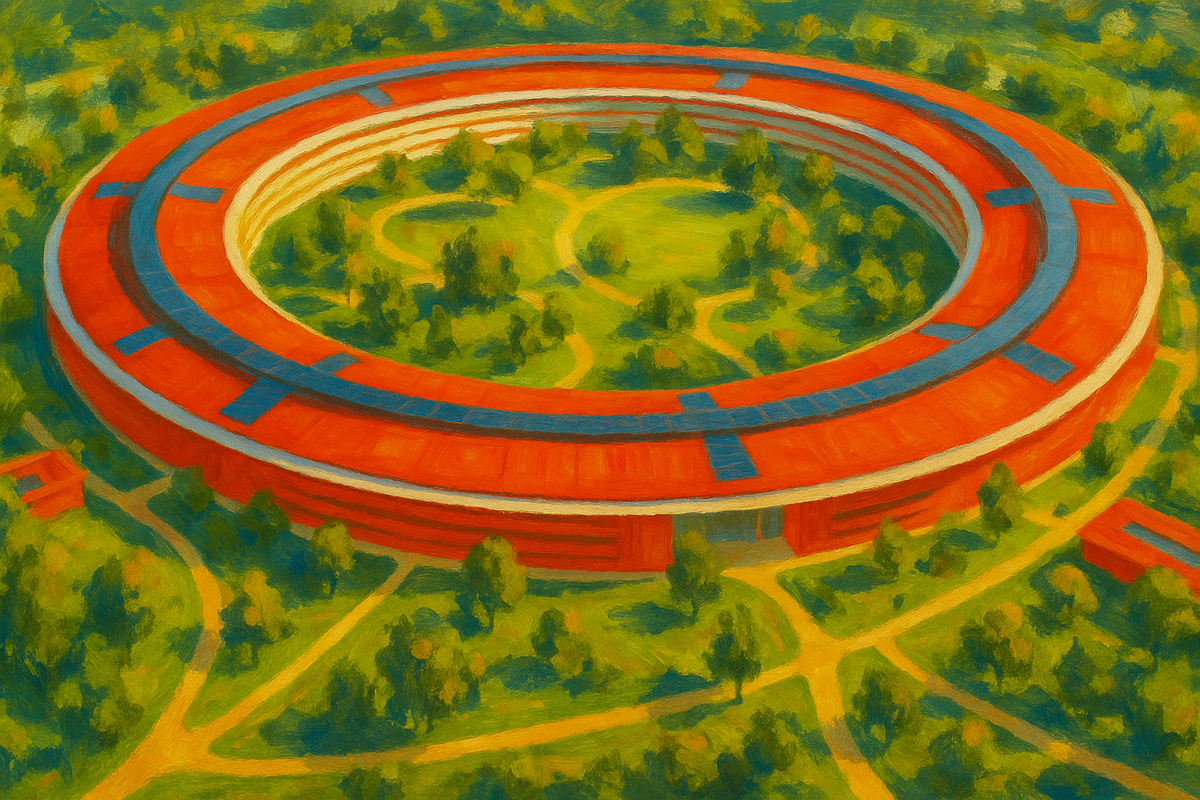
A peek into our circular future
Next followed a mini-series of four essays on lifestyles from a circular tomorrow.
Appreciating abundance
In The Technology of Matter, we explored post-scarcity economics and the conditions for sustainable abundance.
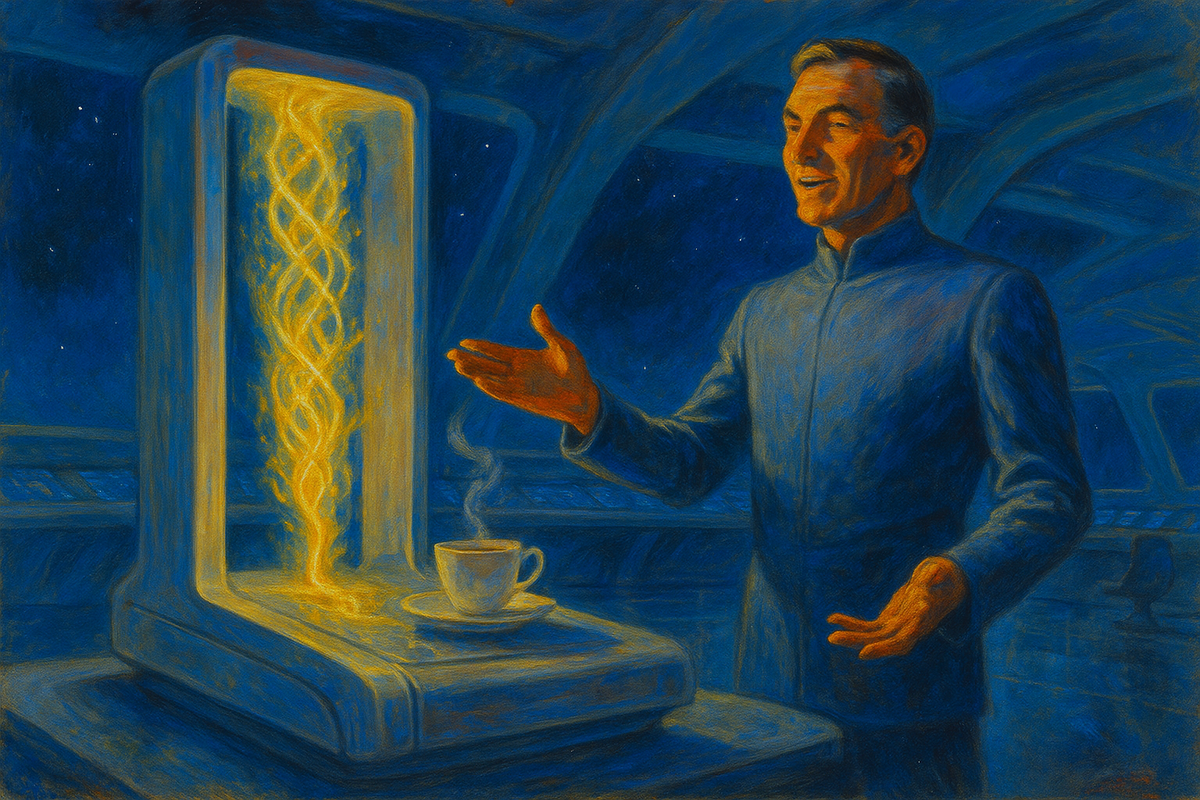
Consumption in a circular world
In A Future To Look Forward To, we accept the advice of David Foster Wallace and examine our objective reality, and compare it to the potential for something better to strive towards.
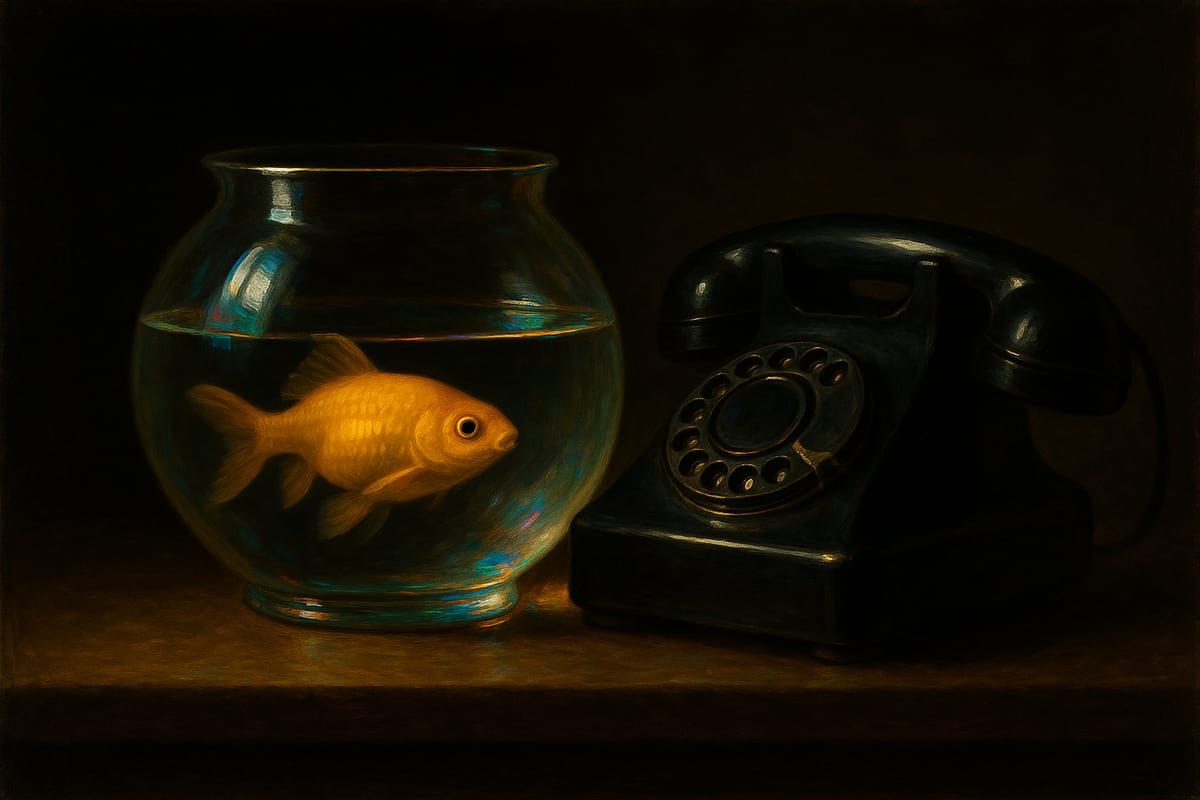
The beauty of circular solutions
In Systemic Beauty: The How of Building Desire, we further examine the idea of beauty in a post-scarcity context, and acknowledge the need for it to make circular solutions effective.
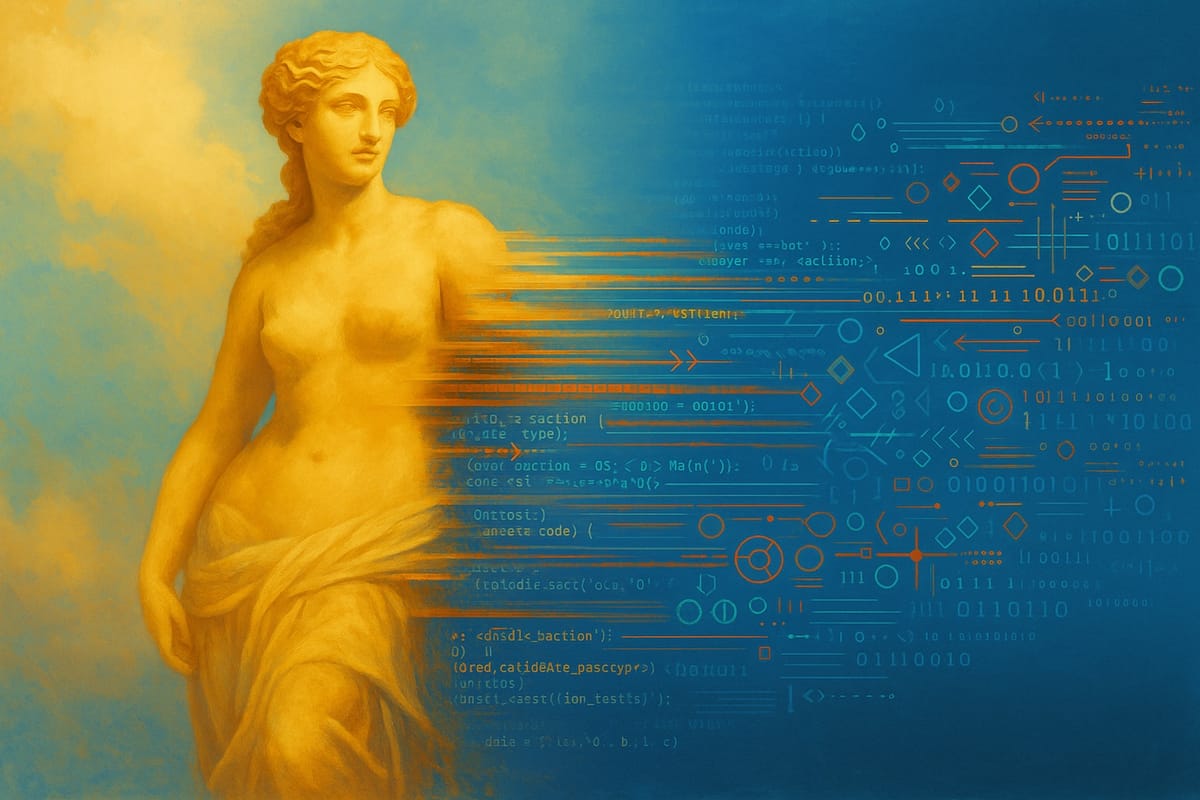
Infrastructure for a circular world
In Building Circular Ecosystems, we examined the nature of infrastructure aggregators, and considered the intergenerational symbiosis between them and future innovators, drawing natural comparisons to circular transformation.
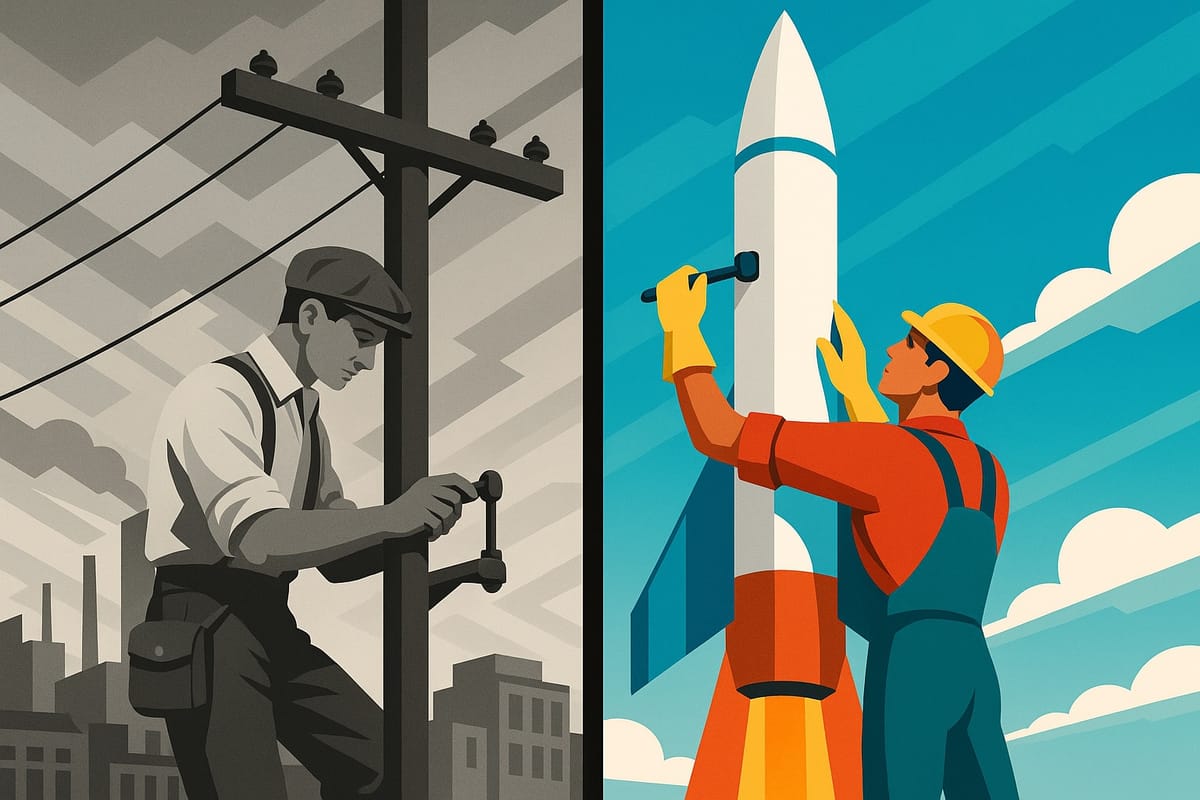
We’ve done this before (we’ll do it again)
In The Road to a Circular Future Runs Through Brands, we use the 1939 World’s Fair to understand how brands provide feedstock for cultural mythology. Properly inspired, the audience of 45 million people took the ingredients brands offered there and whipped up a dream and turned it into a reality in less than a generation. The consequence: iconic brands, better living, and a dominant global culture.
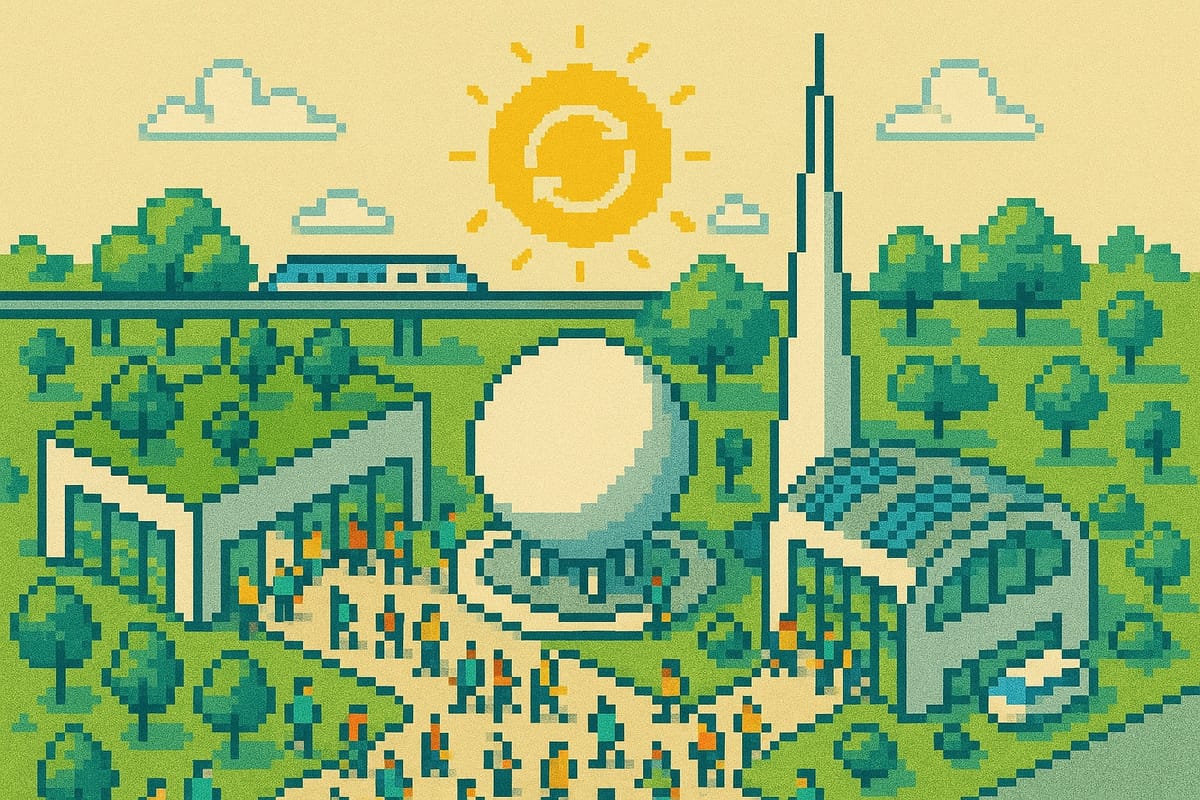
Parting thought
We hope that somewhere in the course of this series that our readers have found strength: to think broader, to look further, and summon the courage to act.
No spam, no sharing to third party. Only you and me.
